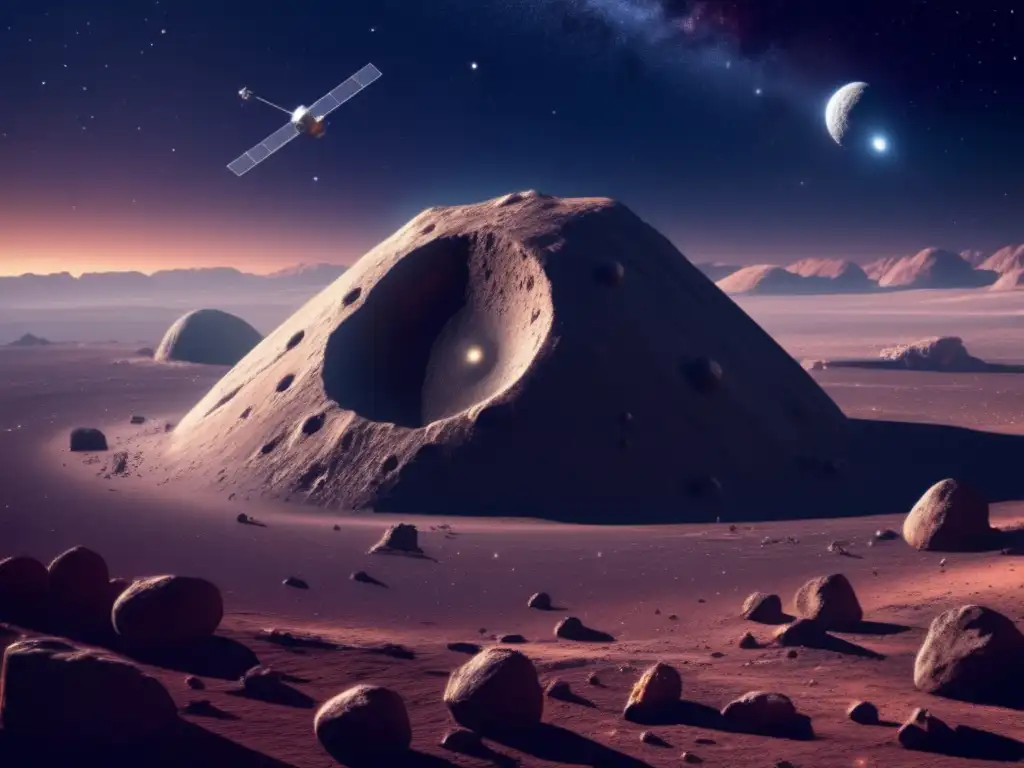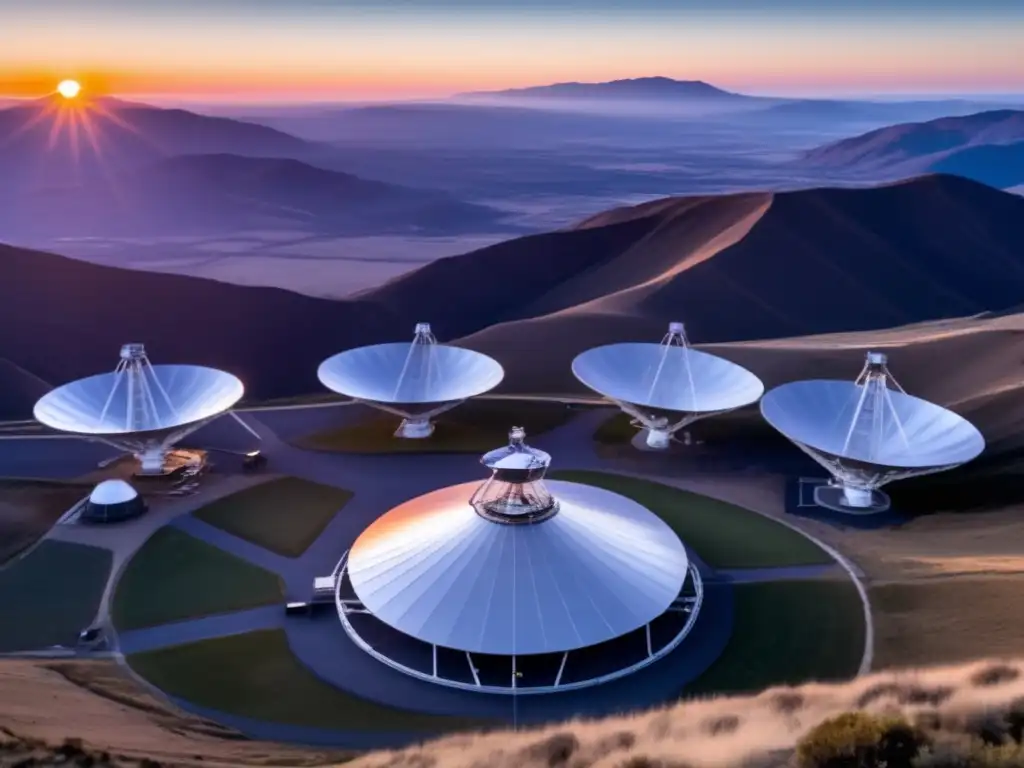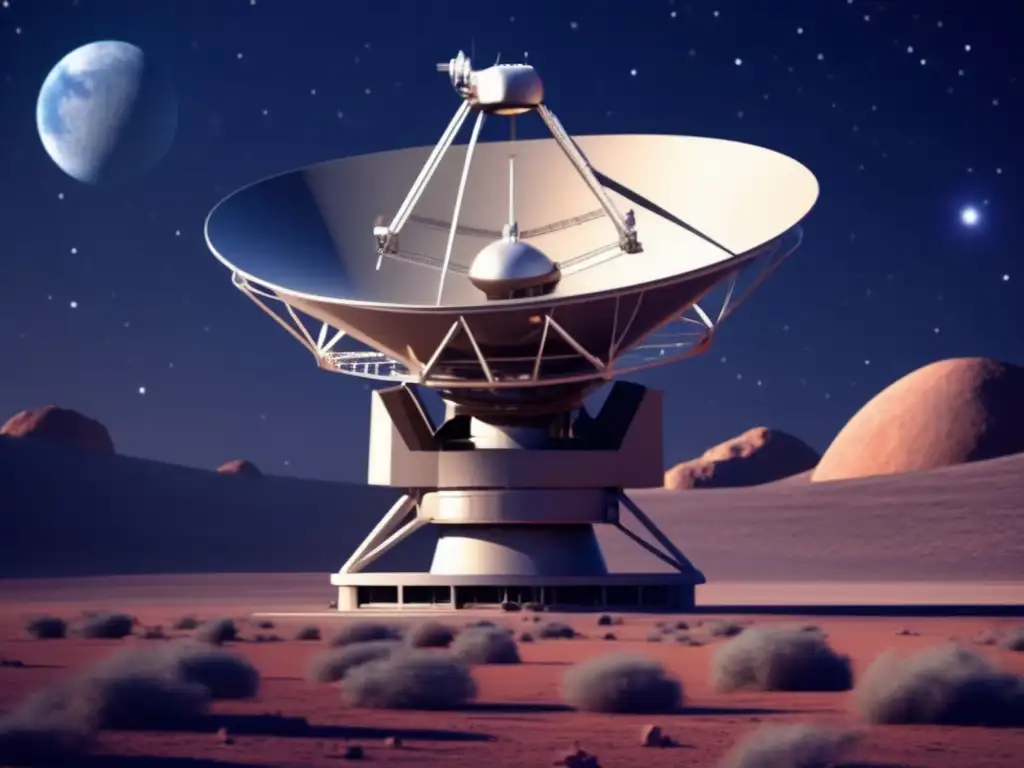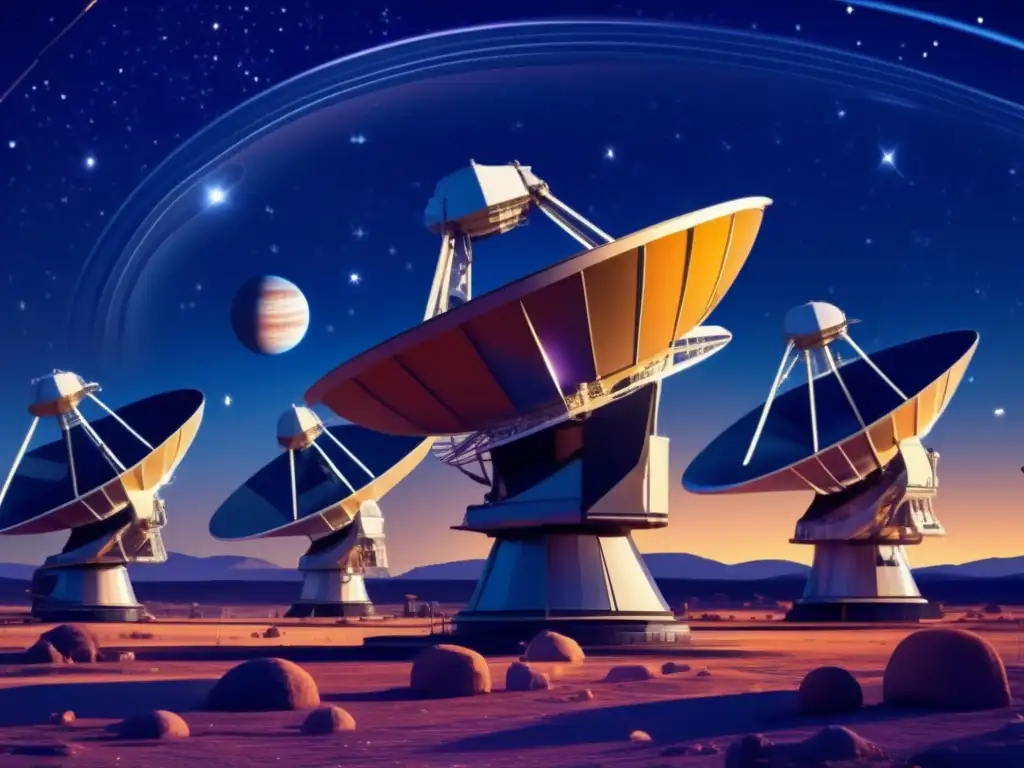Using Radio Telescopes For Asteroid Observation

Introduction
Asteroids, those rocky objects that orbit the Sun, have long fascinated scientists and space enthusiasts alike. With their potential for impacting Earth and their relevance to understanding the formation of our solar system, asteroids have become a subject of intense study. One crucial tool that scientists employ in observing and studying asteroids is the radio telescope.
The Role of Radio Telescopes in Asteroid Observation

Identifying and Tracking Asteroids
Radio telescopes play a pivotal role in identifying and tracking asteroids by detecting their radio emissions. As asteroids reflect and absorb sunlight, they also emit thermal radiation that can be detected using radio waves. By analyzing these emissions, scientists can determine an asteroid's size, shape, rotational period, and composition. This information is vital in assessing the potential hazards posed by near-Earth asteroids.
Characterizing Asteroid Surfaces
Radio telescopes can also provide insights into the surface properties of asteroids. By measuring the strength and polarization of radio waves emitted by asteroids, scientists can infer the presence of regolith, boulders, or other surface features. This helps in understanding the geological processes that shape the surfaces of asteroids and provides valuable information for future asteroid exploration missions.
Investigating Binary and Triple Systems
Binary and triple systems, where two or three asteroids orbit around each other, are relatively common in the asteroid belt. Radio telescopes allow scientists to study these systems by analyzing the radio signals emitted by the individual components. By monitoring the variations in the radio signals, researchers can determine the masses, orbits, and physical characteristics of the asteroids within these systems.
Challenges and Limitations of Radio Telescope Observations

Distance and Weak Signals
One of the challenges faced when using radio telescopes for asteroid observation is the vast distances between Earth and asteroids. The weak signals received from these distant objects require sensitive instruments and advanced data processing techniques to extract meaningful information. Additionally, the signal strength can be affected by interference from other celestial sources or terrestrial sources such as man-made radio transmissions.
Rotation and Non-Spherical Shapes
Asteroids are not perfectly spherical and often have irregular shapes. This can introduce variations in the emitted radio signals as the asteroid rotates, making it challenging to accurately interpret the data. Scientists must account for these rotation-induced changes when analyzing radio observations to ensure accurate characterization of asteroid properties.
Availability and Competition
Radio telescopes are valuable resources that are in high demand for various astronomical studies. Obtaining dedicated observing time for asteroid observations can be competitive, limiting the availability of these instruments for extensive asteroid research. Collaboration between different observatories and optimized scheduling processes are essential to maximize the use of radio telescopes for asteroid observations.
Frequently Asked Questions

-
Q: How do radio telescopes help in detecting previously unknown asteroids?
A: Radio telescopes can detect the thermal radiation emitted by asteroids, allowing scientists to identify and track previously unknown objects. The analysis of their emission patterns helps in determining their properties and potential risks they pose to Earth.
-
Q: Can radio telescopes provide information about an asteroid's composition?
A: Yes, radio telescopes can provide insights into an asteroid's composition by analyzing the properties of the radio waves emitted. This information helps in understanding the asteroid's material makeup and its relation to other celestial bodies.
-
Q: Are radio telescopes used for tracking asteroids that could potentially impact Earth?
A: Yes, radio telescopes are crucial in tracking asteroids with trajectories that bring them close to Earth. By monitoring their positions and orbits, scientists can assess the risk of potential impacts and devise mitigation strategies if necessary.
-
Q: Can radio telescopes observe asteroids during the daytime?
A: Radio telescopes are not affected by daylight and can observe asteroids at any time. Unlike optical telescopes, which rely on sunlight or artificial light sources, radio telescopes detect radio waves emitted by asteroids regardless of daylight conditions.
-
Q: What are the future developments in using radio telescopes for asteroid observation?
A: The future holds promising advancements in radio telescope technology, including increased sensitivity and improved data processing capabilities. These improvements will enhance our ability to study asteroids and further our understanding of the solar system's formation and evolution.
Conclusion
Radio telescopes play a vital role in the observation and study of asteroids. By detecting radio emissions from these celestial objects, scientists can gather valuable data regarding their properties, compositions, and potential hazards. Despite the challenges and limitations, radio telescopes continue to contribute significantly to our understanding of asteroids and their significance in unraveling the mysteries of our universe.
Your thoughts and feedback are valuable to us. Feel free to share your comments and actively engage with www.asteroidrealm.com. Subscribe to stay updated, share this article on social networks, and join the conversation. Thank you for your time and attention.
Additional Resources

For further exploration of asteroid topics, consider the following resources:
- NASA Asteroid Website
- NASA Asteroid Watch
- International Astronomical Union - Asteroids
- B612 Foundation - Asteroid Defense
 Guide To Using Star Hopping Method For Asteroid Hunting
Guide To Using Star Hopping Method For Asteroid Hunting Planetary Defense And The Role Of Asteroid Observers
Planetary Defense And The Role Of Asteroid Observers The Science Behind Asteroid Composition And How It Affects Observation
The Science Behind Asteroid Composition And How It Affects ObservationIf you want to discover more articles similar to Using Radio Telescopes For Asteroid Observation, you can visit the Telescopes and Asteroid Observation category.
Leave a Reply

Articulos relacionados: